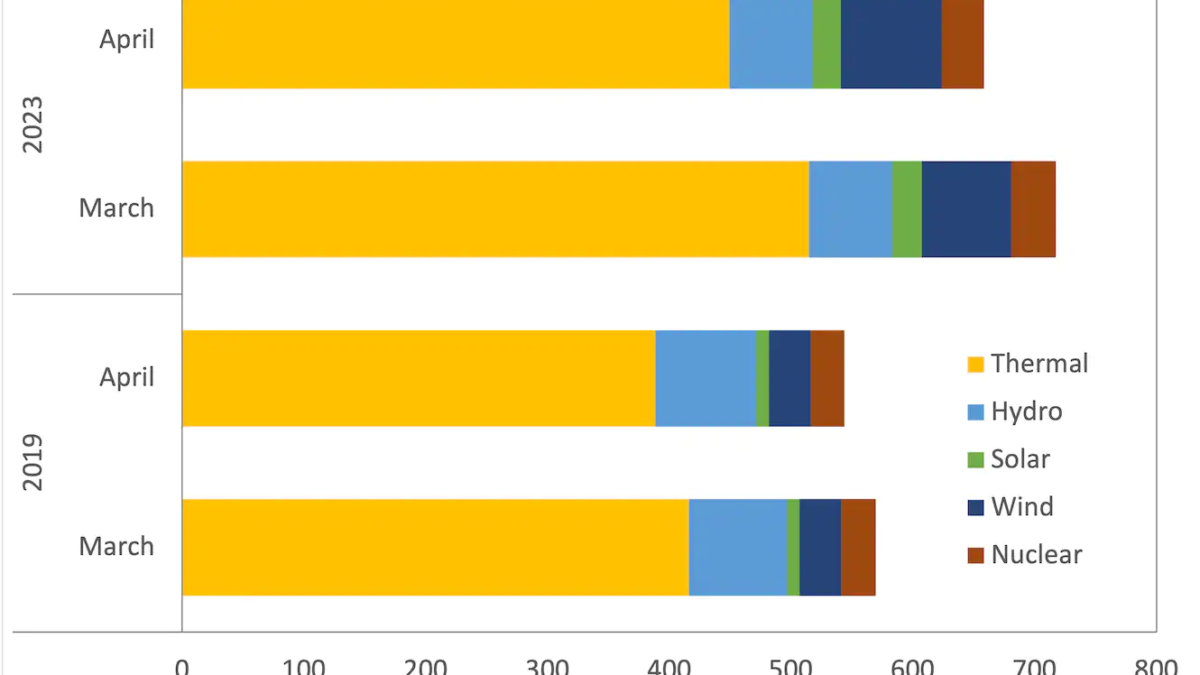Florida’s record hot ocean temperatures cause early coral bleaching – Some reefs in the Florida Keys have already lost all their color – “We are at least a month ahead of time, if not two months”

By Cecelia Smith-Schoenwalder
26 July 2023
(US News & World Report) – Record high ocean temperatures around the Florida Keys are driving coral reefs to lose their color weeks earlier than usual in the latest sign that climate change and El Niño are pushing the world into uncharted territory.
On Monday, a buoy in the Florida Keys logged a temperature of 101 degrees Fahrenheit. The preliminary number would break the record for the highest sea surface temperature globally if it is confirmed. While experts say there are conditions that could disqualify the number, it was the second day in a row that the temperature registered over 100 degrees, lending it some credibility.
Ocean temperatures have been steadily rising since April, and the temperatures around southern Florida are the warmest on record going back to 1981, according to the National Oceanic and Atmospheric Administration.
NOAA scientists recently raised their coral bleaching warning system to the highest heat stress level.
Surface ocean temperatures around the Florida Keys have been averaging about 91 degrees Fahrenheit during July, which is well above their typical average of 85 degrees Fahrenheit during this time, according to Jacqueline De La Cour, operations manager for NOAA’s Coral Reef Watch program.
Some reefs in the Florida Keys have already lost all their color, Andrew Bruckner, research coordinator at the Florida Keys National Marine Sanctuary, told the Associated Press.

“We are at least a month ahead of time, if not two months,” Bruckner said. “We’re not yet at the point where we are seeing any mortality … from bleaching. It is still a minor number that are completely white, certain species, but it is much sooner than we expected.”
When ocean waters heat up, it stresses coral reefs, causing a breakdown in the relationship between the coral and the algae that lives inside them. The coral loses its color, leading to a so-called bleaching event. Because it has lost its main source of nutrition, the coral is essentially starving to death.
Previous severe bleaching events in the Florida Keys in 2014 and 2015 didn’t start until August. The early start to this event could mean the coral reefs may be looking at up to three months of stressful conditions unless hurricanes or tropical storms bring in cooler temperatures. That would be unprecedented as most bleaching events on record lasted only four to six weeks.
Some researchers are relocating corals to tanks on land in an effort to save them. [more]
Florida’s Record Hot Ocean Temperatures Cause Early Coral Bleaching


